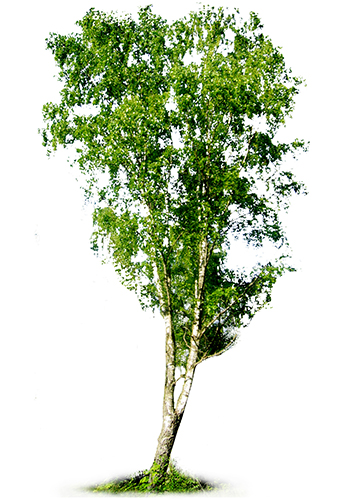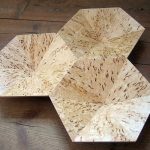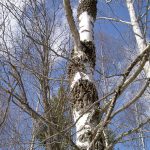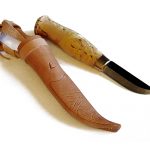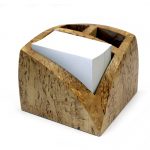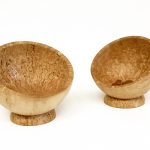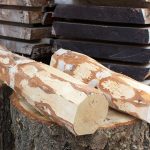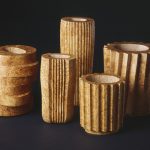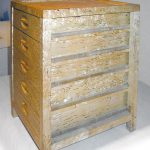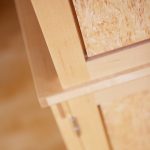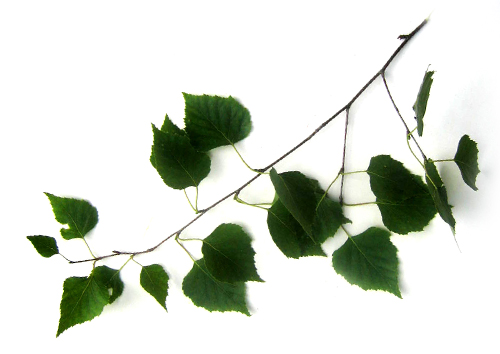
- Masurbjörk (S)
- Curly Birch (GB)
- Maser-Birke (D)
Distribution
- Curly birch grows wild in Scandinavia, the Baltic Countries, Karelia and Belarus.
- Curly birch can be found wild in South Finland. However, cultivated curly birches survive everywhere in the country, with the exception of the northernmost Lapland.
- Wild curly birches are rare.
Habitat
- Curly birch thrives best in nutritious, rich soils on sunny slopes. Thinning out from such conditions often provides timber for sale.
- When curly birches are cultivated it is important to thin out the stands to enable the trees to develop and become sturdy.
- If need be, normal silver birches can be planted as fillers, as long as there is enough space for the curly birch to grow.
Growth characteristics
- Curly grained wood is clearly the most common in silver birches. Notably rarer curly grained wood has been found in downy birches, alders, rowans, goat willows and maples.
- Curly grained wood is a hereditary transformation which results from a mutation.
- Curly grained wood creates rays, which are broader than the normal ones, and unusually directed tissue.
- It is also part of the phenomenon that pieces of the bark are left inside the trunk. This leaves brown spots and stripes on the wood.
- Curly grained wood slows down the tree’s normal growth.
- Curly birch grows 5-15 meters high.
- Its trunk is often gnarled and the bark on the lower stem is dark and grooved.
- Quality timber is straight, free of knots, rot and cracks, and over 15 cm in diameter at chest height.
- Curly grained wood is a hereditary transformation of silver birch. It makes the tree twisted and bush-like. Curly grained birch can also have a straight trunk, in which case it provides beautiful and valuable quality wood.
- It should be felled after 50 years at the latest. Older tree rots quickly.
- Straight lathe logs, which are free of knots and at least 70 cm long, are the desired product when growing curly birches.
Properties of the wood
- Curly birch’s primary colour is light yellow and its pattern varies.
- Its wavy annual rings are patched by brown curly wood cells.
- The wood is hard and difficult to work.
- It is fairly stable and heavy.
- Planing can cause the grains to rip. By lathing and sanding the surface can be made smooth and shiny.
- When dried in one piece, short logs should be partly debarked to prevent rot. The remaining bark and gluing the ends prevent the wood from cracking.
- The weight of air-dry sawn timber is 670 kg/m3, which is higher than that of silver birch.
- A-class curly grained trunk is free of knots, strongly curved and evenly patterned.
- B-class wood has few branches and variation in colour is acceptable.
- C-class includes all other usable trunks with curly grained wood.
- Types of curly grained wood:
- The most common type is when there is a dense formation of bumps on the trunk. The bumps are usually 2-3 cm in diameter
- One type is when there are thicker and thinner parts in the trunk. There is curly grained wood both in the thin and thick parts.
- Another type is when there are lengthwise ridges of curly wood which vary in terms of density, length and height.
- The rarest type is where there are crosswise rings on the trunk.
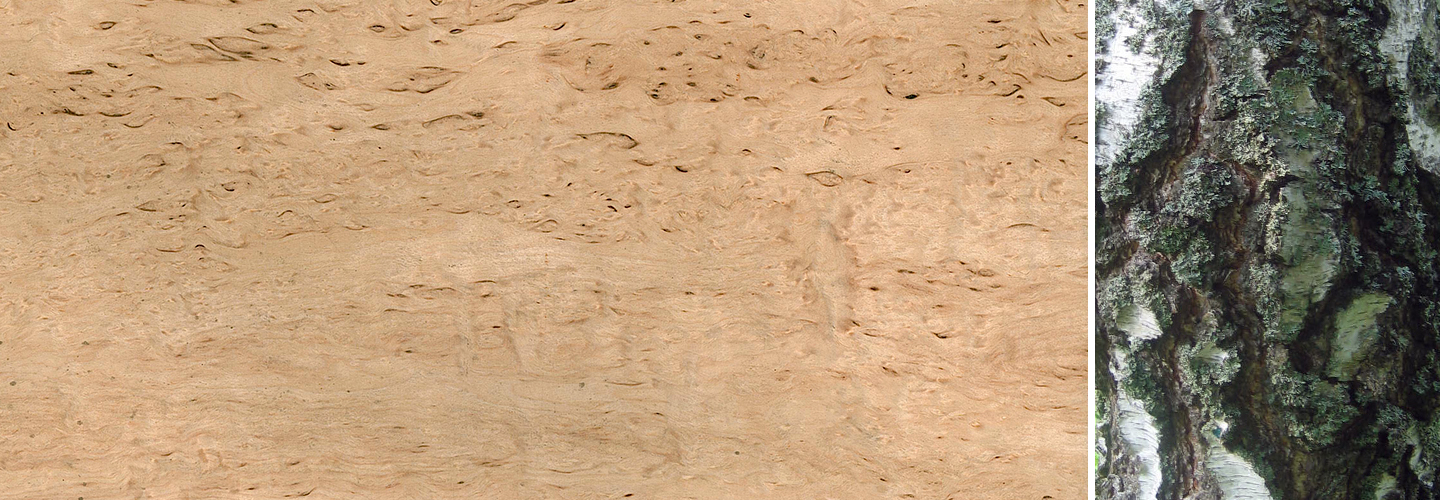
Usage
- Curly birch is used for high-quality interior decoration, furniture, decorative items and works of art.
- It is also used for parquets and utility articles.
- Curly grained wood is still wanted and valuable material which is sold in kilograms.
